A posthumous exhibition in Frank Auerbach's home city of Berlin celebrates the work of the figurative painter
‘Frank Auerbach’, on until 28 June at Galerie Michael Werner, Berlin, marks the first time the artist's work is shown in the city where he was born
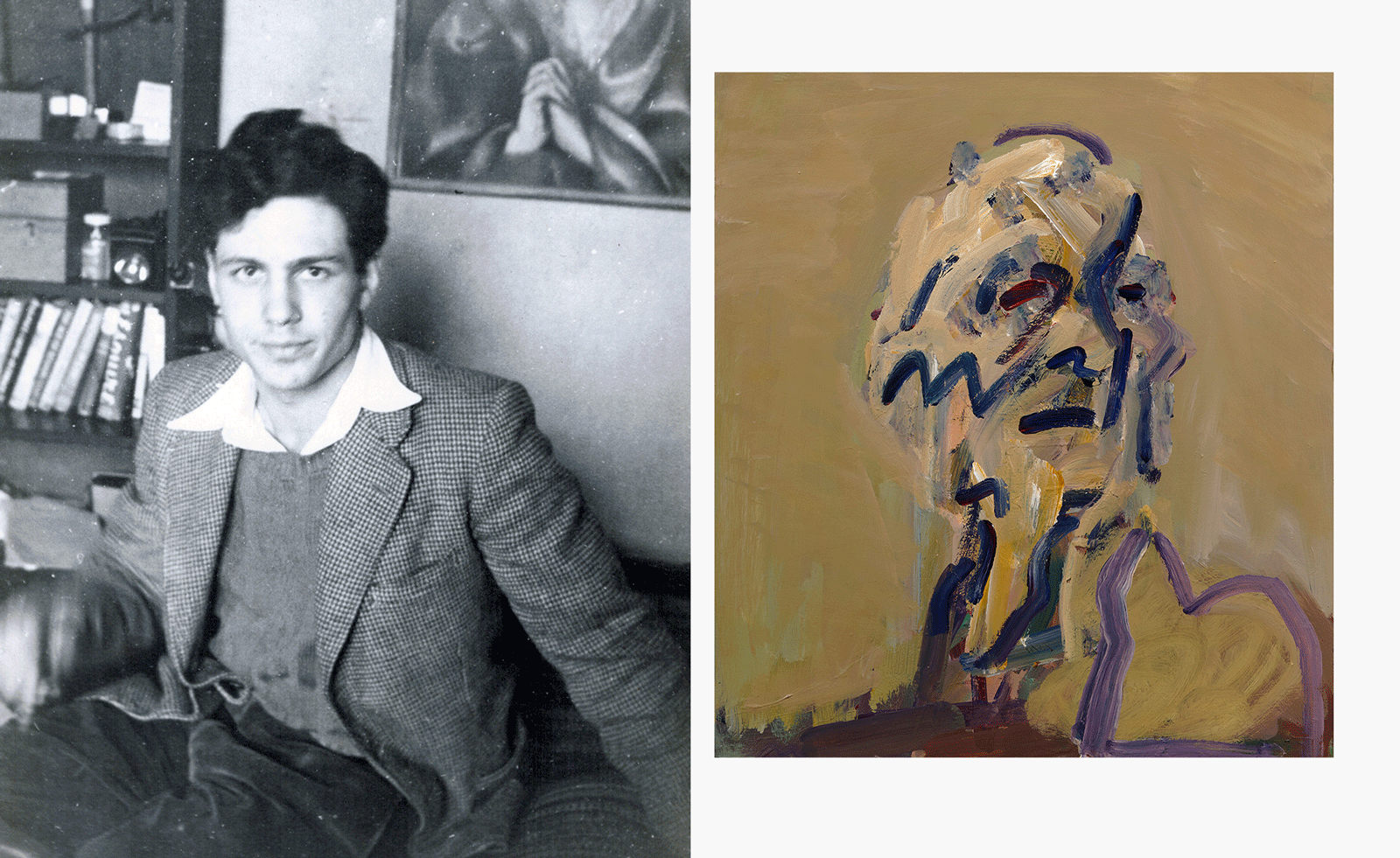
Born in Berlin in 1931, artist Frank Auerbach was sent to England alone as an eight-year-old refugee to escape Nazi Germany, leaving behind his Jewish parents, who would later lose their lives in a concentration camp. Settling in the country permanently, Auerbach would go on to study at the Royal College of Art, developing a distinctive style that involved repeatedly scraping layers of wet paint off his canvases, before beginning again, lending his works the visceral, evocative edge that he is celebrated for.
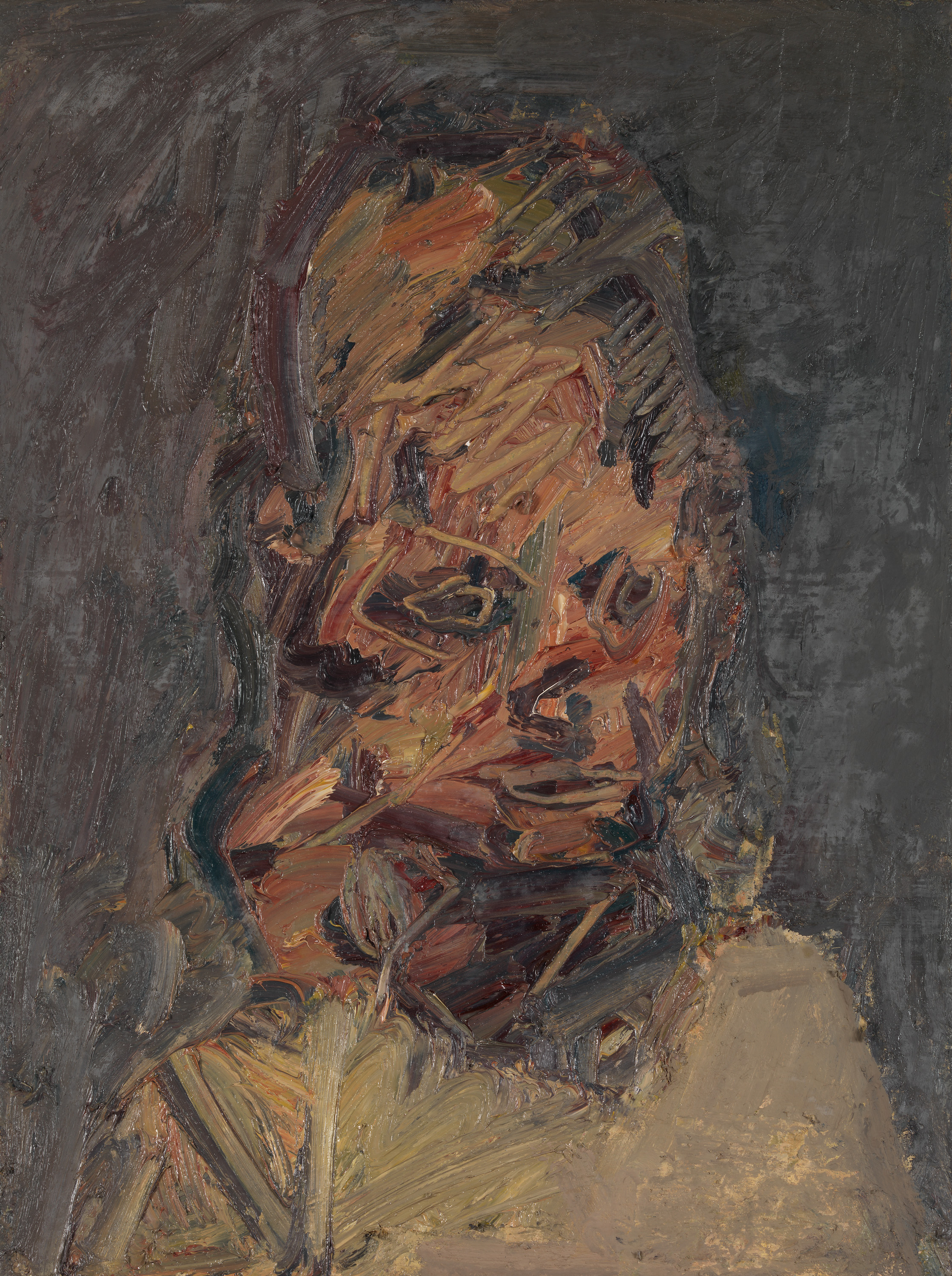
Frank Auerbach “Head of Catherine Lampert”, 1998. Louisiana Museum of Modern Art, Humlebaek, Denmark. Acquired with support from The New Carlsberg Foundation.
Auerbach rarely left England, working in the same London studio from the 1950s until his death last year. Now his work returns to the place of his birth in his first posthumous exhibition, which is also his first in the city. Showing at Galerie Michael Werner, it encompasses six decades of his paintings and drawings, offering a mix of self-portraits, dating from the last years of his life, and portraits of those closest to him. Among them are ones of show curator Catherine Lampert, who developed a close relationship with the painter over the nearly four decades in which she sat for him, and wife Julia, reclining in a tangle of acrylic. These sit alongside studies of familiar London landmarks, such St Pancras station steps and Mornington Crescent, the area he lived in and loved.
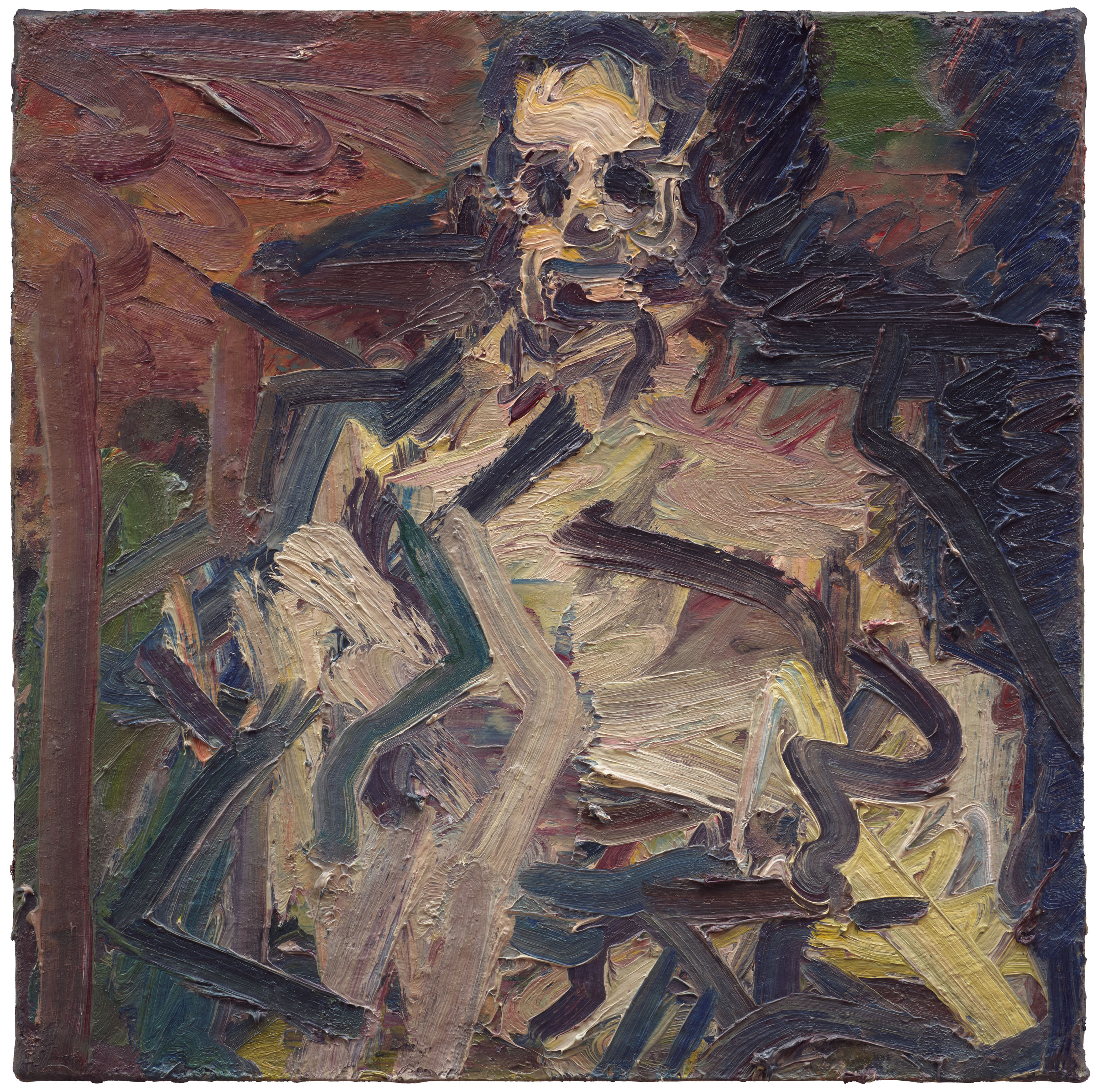
Frank Auerbach “David Landau Seated”, 1995
Auerbach had reduced his circle of sitters in the 1980s to a small number. Emboldened by a close intimacy with his subjects, he felt free to embrace an experimental drama in paintings that took on a vivid, mysterious life of their own. Says Lampert, ‘Auerbach’s personal policy was to keep ‘under the radar’, to show as infrequently as possible, and let almost no one into his studio. In the last years, with several exhibitions of very early and very late work, there is not only more awareness of the importance of his achievement, but, characteristically, a greater realisation that what he said was true. He wanted to get to know his subjects, his urban landscapes and sitters, intimately, as a way of spotting unfamiliar connections, in the hope of achieving ‘a more precise and demanding sense of what is the truth’.’
‘Frank Auerbach’ is on until 28 June at Galerie Michael Werner, Berlin
A version of this article appears in the June 2025 Travel Issue of Wallpaper*, available in print, on the Wallpaper* app on Apple iOS, and to subscribers of Apple News +. Subscribe to Wallpaper* today
Receive our daily digest of inspiration, escapism and design stories from around the world direct to your inbox.
Hannah Silver is the Art, Culture, Watches & Jewellery Editor of Wallpaper*. Since joining in 2019, she has overseen offbeat art trends and conducted in-depth profiles, as well as writing and commissioning extensively across the worlds of culture and luxury. She enjoys travelling, visiting artists' studios and viewing exhibitions around the world, and has interviewed artists and designers including Maggi Hambling, William Kentridge, Jonathan Anderson, Chantal Joffe, Lubaina Himid, Tilda Swinton and Mickalene Thomas.
-
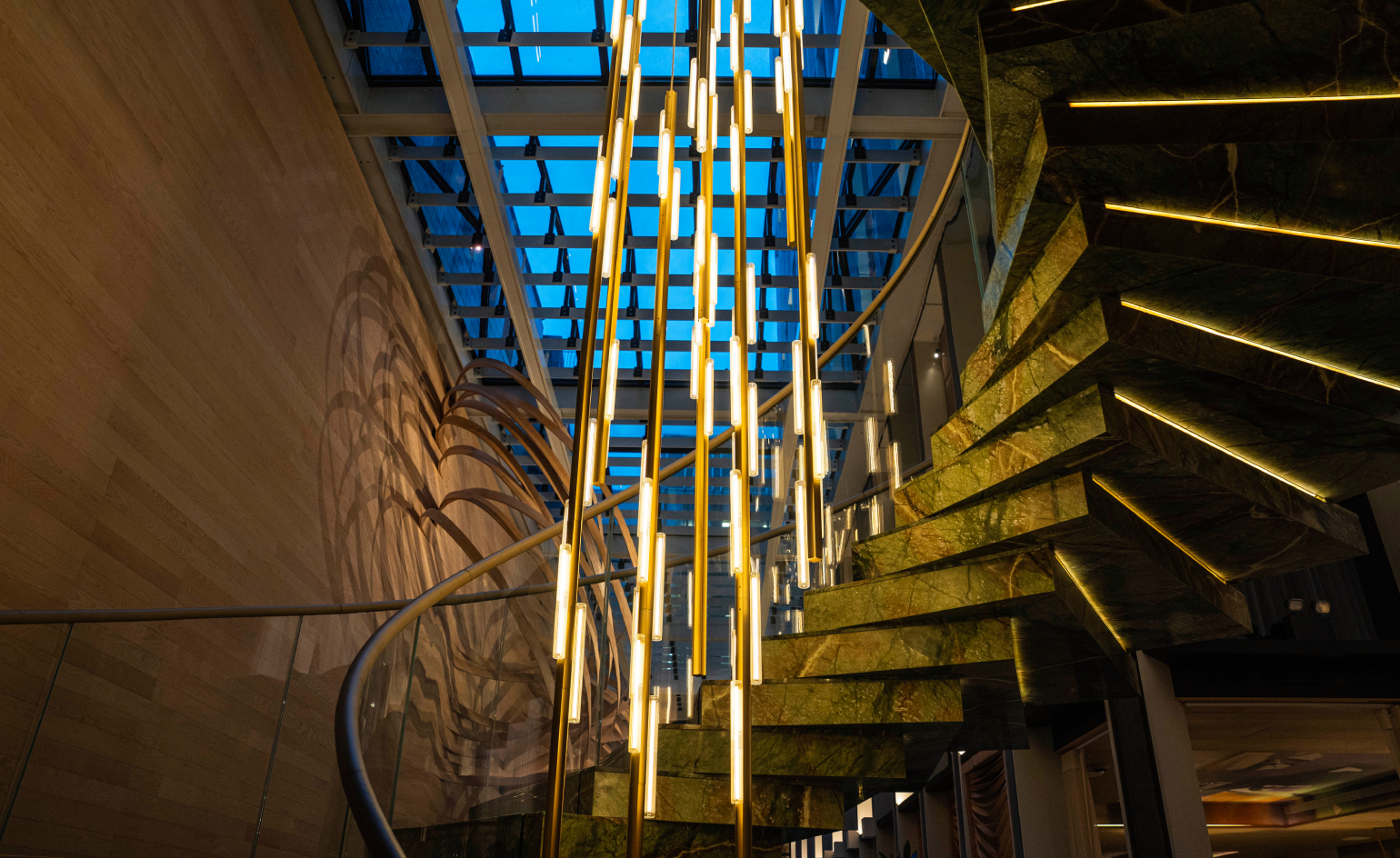 Lee Broom reimagines the Christmas tree at Mandarin Oriental Mayfair
Lee Broom reimagines the Christmas tree at Mandarin Oriental MayfairThe London hotel unveils an inventive take on the festive tradition – with absolutely no needles
-
 A Brasília apartment harnesses the power of optical illusion
A Brasília apartment harnesses the power of optical illusionCoDa Arquitetura’s Moiré apartment in the Brazilian capital uses smart materials to create visual contrast and an artful welcome
-
 RIBA reveals the first pair of shortlisted structures for the House of the Year 2025
RIBA reveals the first pair of shortlisted structures for the House of the Year 2025Six practices are up for the award, which will be announced on Grand Designs in December. The first two houses, by Izat Arundell and Hugh Strange Architects are previewed below
-
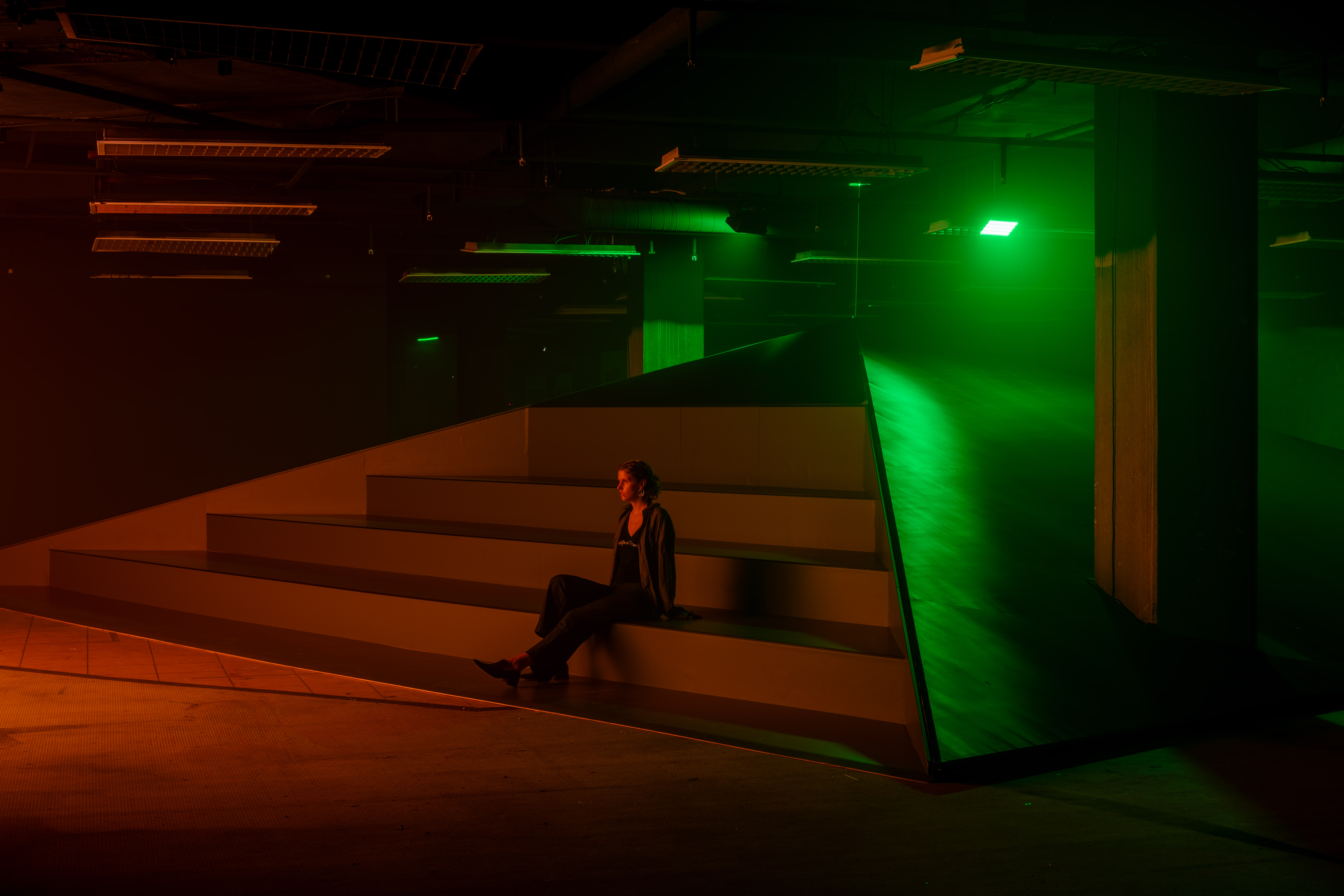 'There is no way light and darkness are not in exchange with each other': step inside Christelle Oyiri’s sonic world in Berlin
'There is no way light and darkness are not in exchange with each other': step inside Christelle Oyiri’s sonic world in BerlinIn an explosion of light and sound, Christelle Oyiri explores celebrity, mythology and religion inside CANK, a former brutalist shopping centre in Berlin’s Neukölln
-
 What's the story with Henni Alftan’s enigmatic, mysterious paintings? The artist isn’t saying
What's the story with Henni Alftan’s enigmatic, mysterious paintings? The artist isn’t sayingParis-based artist Henni Alftan's familiar yet uncanny works are gloriously restrained. On the eve of a Sprüth Magers exhibition in Berlin, she tells us why
-
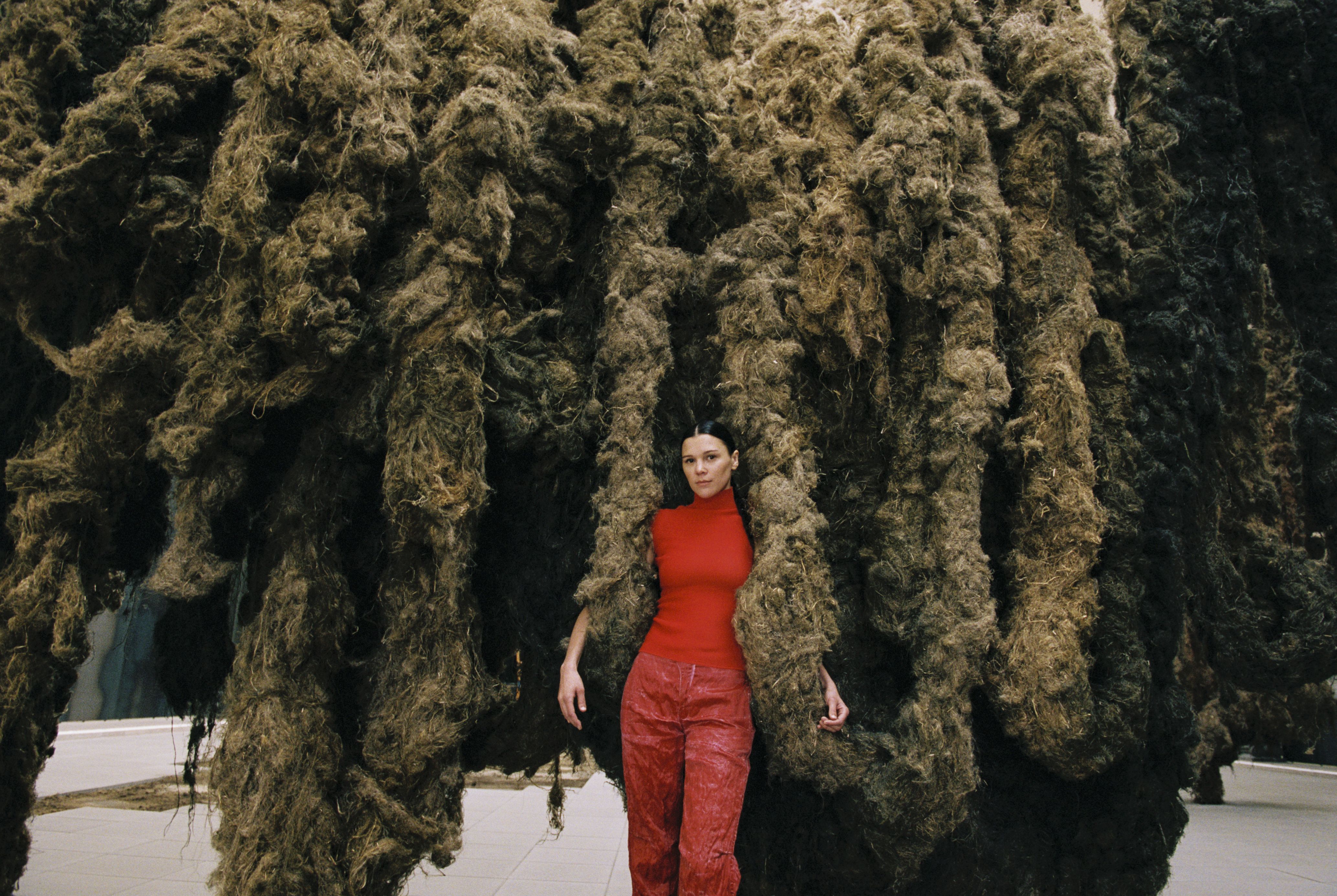 Klára Hosnedlová transforms the Hamburger Bahnhof museum in Berlin into a bizarre and sublime new world
Klára Hosnedlová transforms the Hamburger Bahnhof museum in Berlin into a bizarre and sublime new worldThe artist's installation, 'embrace', is the first Chanel commission at Hamburger Bahnhof
-
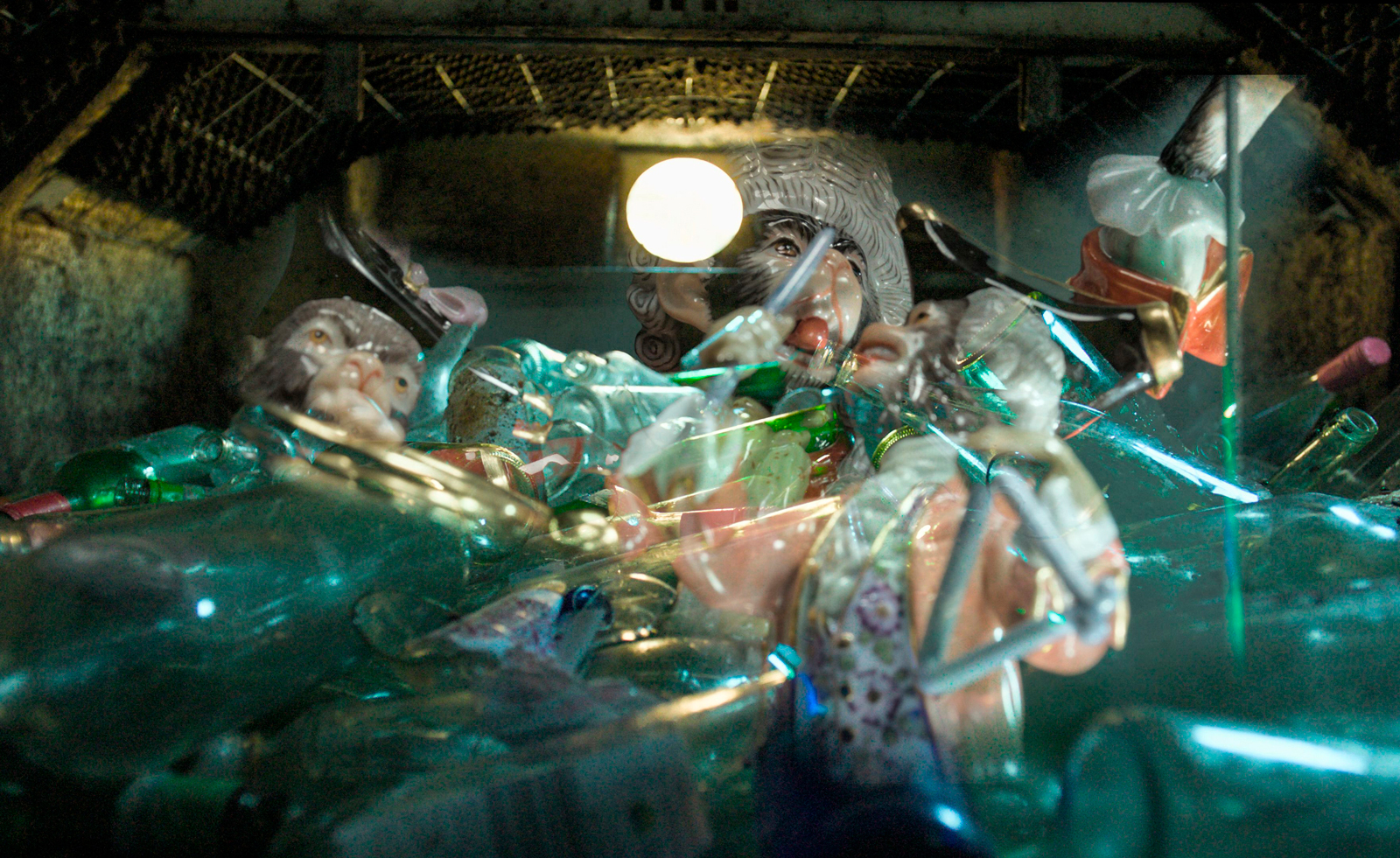 Thrilling, demanding, grotesque and theatrical: what to see at Berlin Gallery Weekend
Thrilling, demanding, grotesque and theatrical: what to see at Berlin Gallery WeekendBerlin Gallery Weekend is back for 2025, and with over 50 galleries taking part, there's lots to see
-
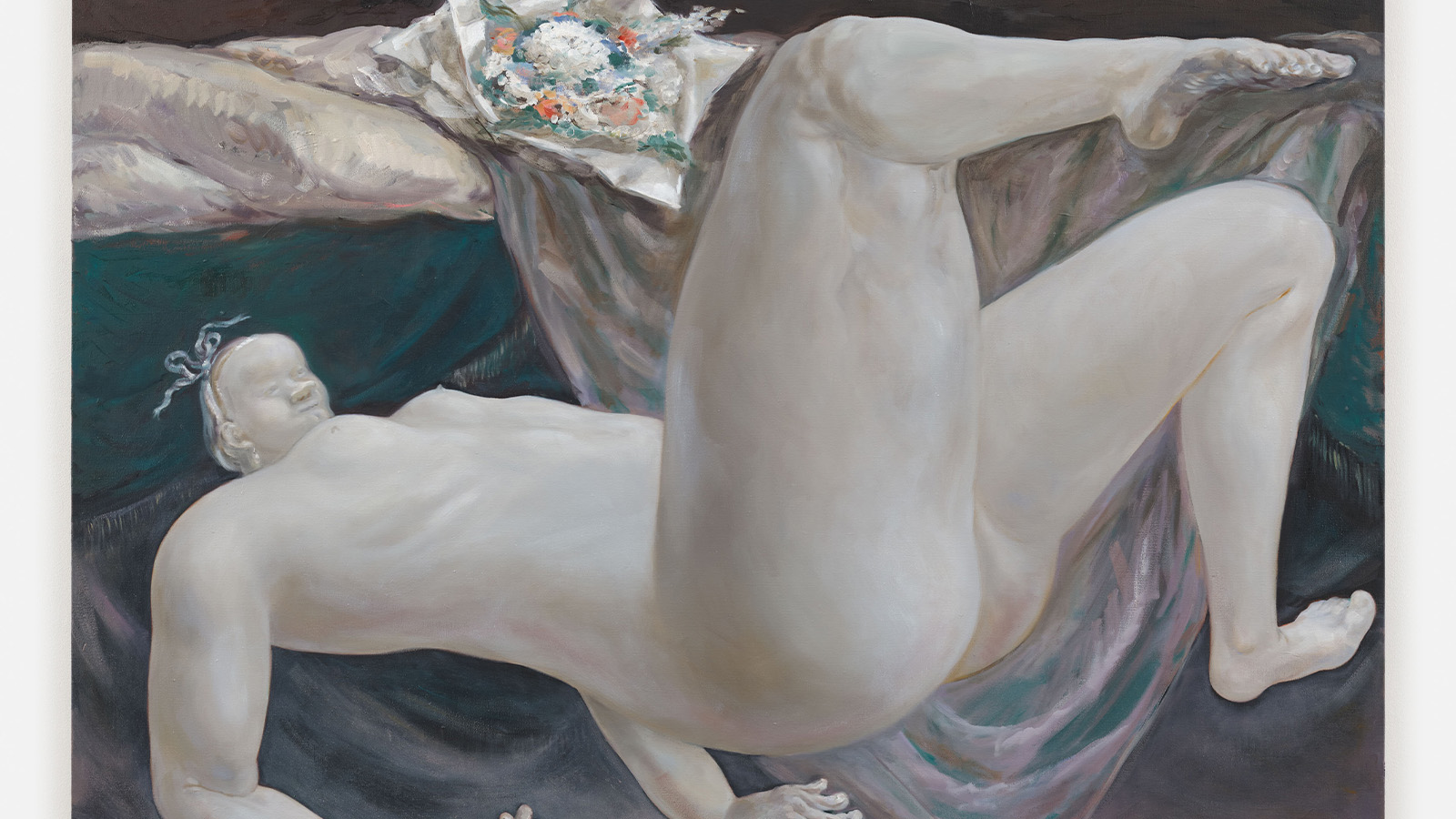 Louise Bonnet’s falling figures depict an emotional narrative to be felt rather than told
Louise Bonnet’s falling figures depict an emotional narrative to be felt rather than toldLouise Bonnet’s solo exhibition 'Reversal of Fortune' at Galerie Max Hetzler in Berlin, nods to historical art references and the fragility of the human condition
-
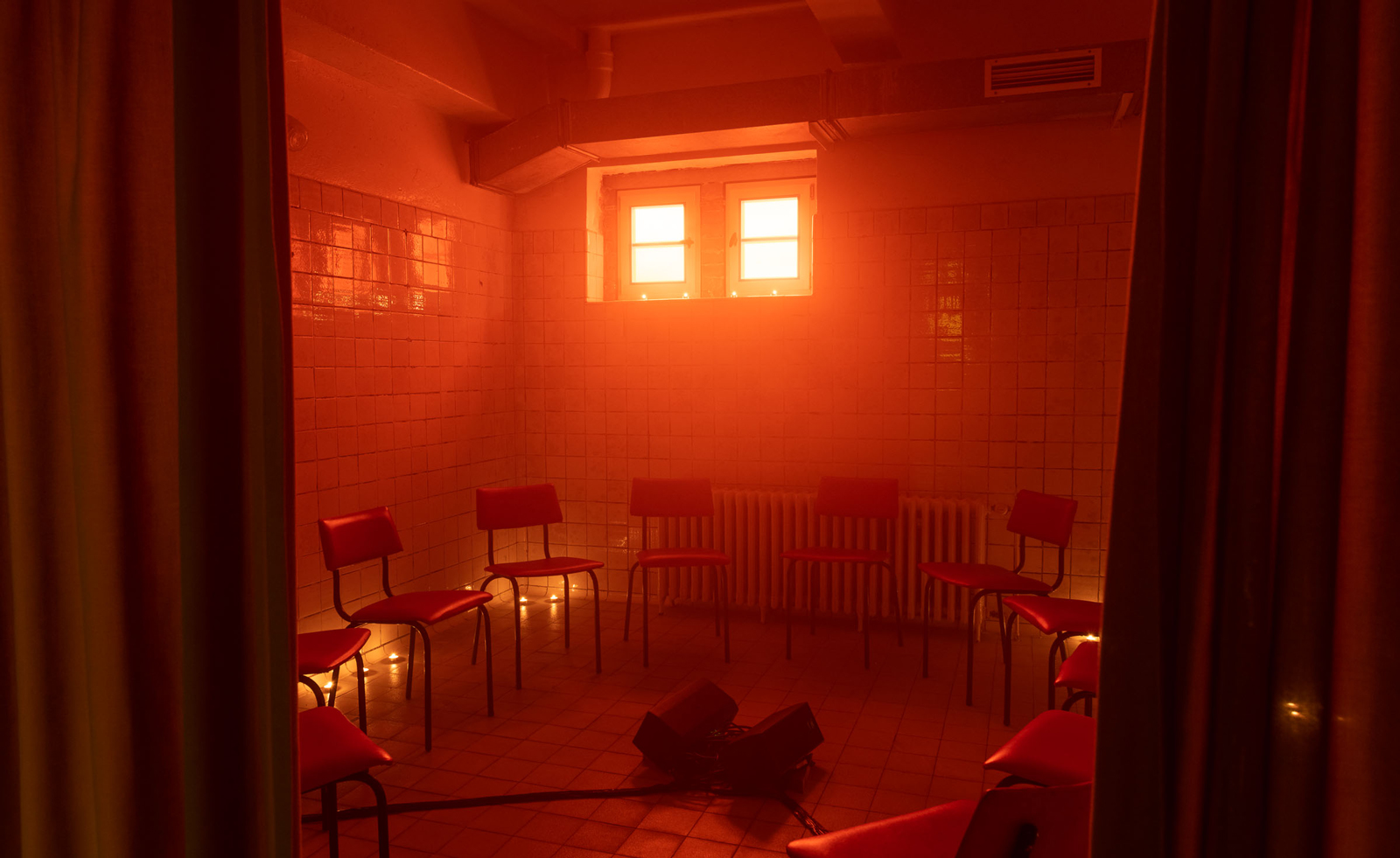 Inside E-WERK Luckenwalde’s ‘Tell Them I Said No’, an art festival at Berlin's former power station
Inside E-WERK Luckenwalde’s ‘Tell Them I Said No’, an art festival at Berlin's former power stationE-WERK Luckenwalde’s two-day art festival was an eclectic mix of performance, workshops, and discussion. Will Jennings reports
-
 Alexandra Pirici’s action performance in Berlin is playfully abstract with a desire to address urgent political questions
Alexandra Pirici’s action performance in Berlin is playfully abstract with a desire to address urgent political questionsArtist and choreographer Alexandra Pirici transforms the historic hall of Berlin’s Hamburger Bahnhof into a live action performance and site-specific installation
-
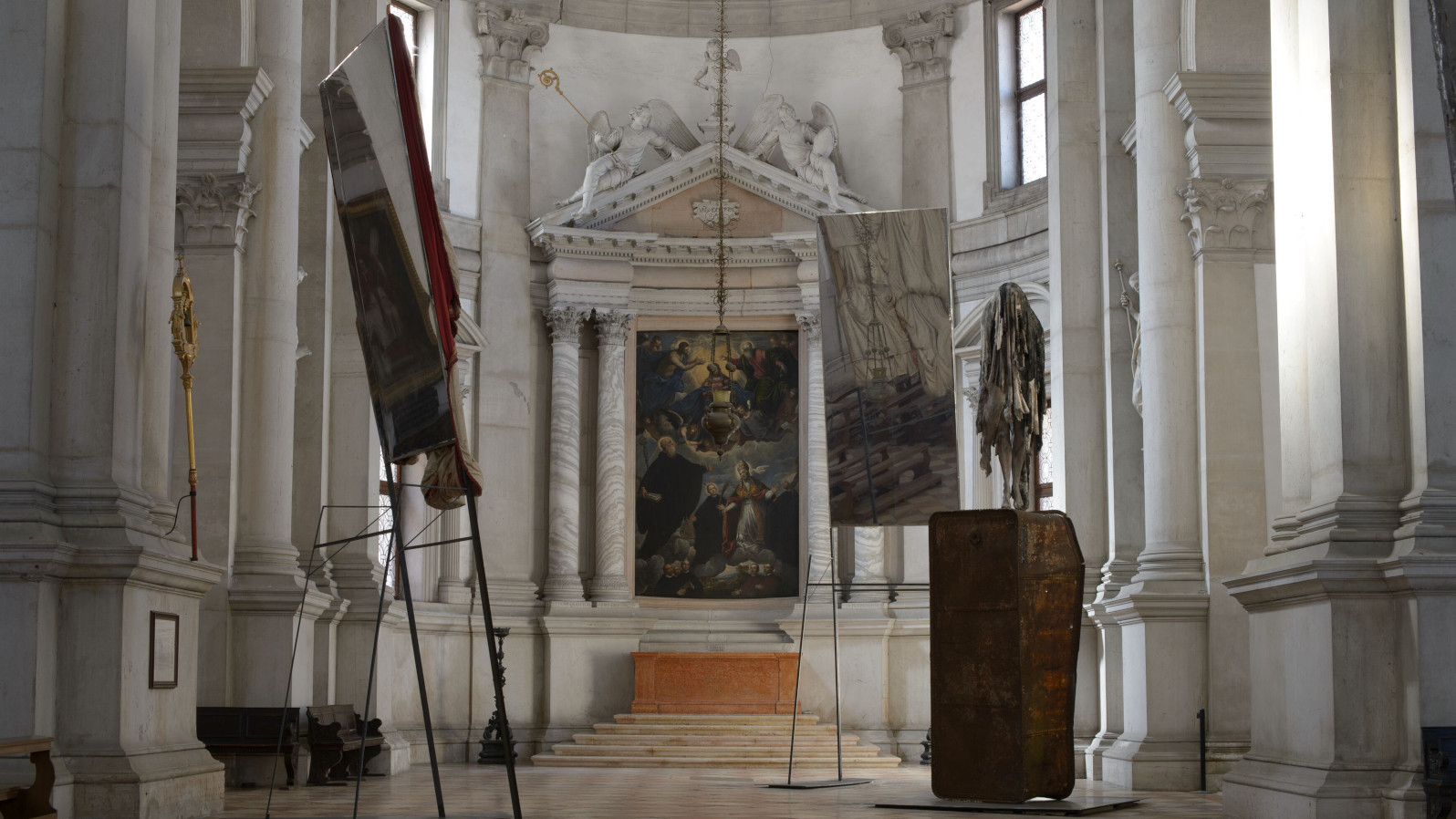 Berlinde De Bruyckere’s angels without faces touch down in Venice church
Berlinde De Bruyckere’s angels without faces touch down in Venice churchBelgian artist Berlinde De Bruyckere’s recent archangel sculptures occupy the 16th-century white marble Abbazia di San Giorgio Maggiore for the Venice Biennale 2024